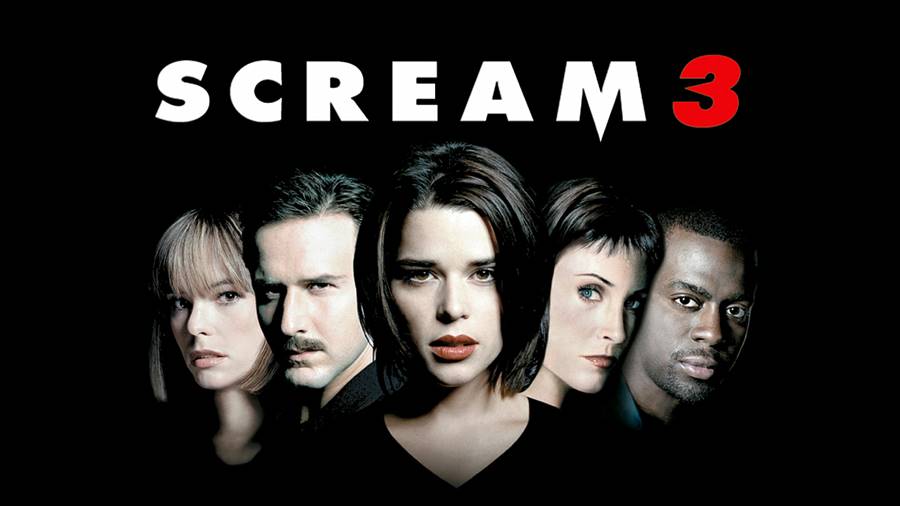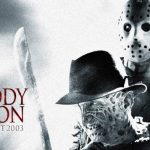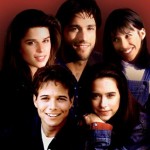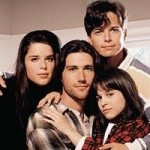
By Jae-Ha Kim
Chicago Sun-Times
February 11, 2000
In “Scream 3,” the movie’s heroine asks a detective what he knows about trilogies. He answers, “In the third one, all bets are off.”
All bets are on that the latest entry in the “Scream” franchise will fare as well as its predecessors. After opening last Friday, “Scream 3” went on to gross $34.7 million in its first weekend–more than all the rest of the films in the top 10 combined.
It also had a stronger debut than the $6.3 million opening weekend of “Scream” in 1996 and the first sequel’s $32.9 million in ’97. Each of the first two “Scream” films eventually earned more than $100 million domestically.
Not bad for a movie genre that made its reputation as a low-budget, no-star vehicle for indie directors dying to gain entree into the big time.
“The casting on `Scream’ was a work of genius and one of the reasons it did so well,” says Paul Dergarabedian, president of Exhibitor Relations Co., which tracks box office records. “Horror films used to rely on unknown actors or actors whose popularity was waning. By casting popular TV stars, who are cheaper than movie stars and also have a built-in fan base, the filmmakers ensured that a certain number of people would show up at the theaters.”
Certainly casting Neve Campbell (“Party of Five”) as heroine Sidney Prescott and Courteney Cox (“Friends”) as reporter Gale Weathers didn’t hurt the box office. But the witty dialogue written by Kevin Williamson (who begged off writing the script for the latest sequel to concentrate on his “Dawson’s Creek” duties) put the film on a higher plane than your average slasher flick.
” `Scream’ was a very clever movie,” says Dergarabedian. “That–as well as the sequels–poke fun at horror films while being horror films. So while horror movies traditionally have a really short shelf life–they tend to open big and then drop off quickly–the longevity of the two `Scream’ movies has been quite amazing. Few horror movies do that well.”
“Scream” didn’t invent the horror franchise. Moviegoers were jumping out of their seats in 1978 when Jamie Lee Curtis (the Neve Campbell of her time) was battling the villain in “Halloween.”
That film produced six sequels of its own, and opened the door for “Friday the 13th” and “A Nightmare on Elm Street.” At one time, “Friday the 13th” was so popular that the filmmakers promised–or threatened, depending on how you look at it–that the series would continue for 13 installments. Actually, it stopped dead in its tracks after “Friday the 13th, Part 8: Jason Takes Manhattan” tanked at the box office with a $14.4 million gross.
If “Scream” filmmakers stick to their insistence that “Scream 3” is the last, the series can end before it has a chance to disintegrate into “Scream 13: Sidney’s Revenge.”
And though critics such as the Sun-Times’ Roger Ebert say the quality of the series has slipped in this second sequel, not everyone believes that we won’t be hearing another peep from “Scream.”
“I find it impossible to think that they would kill off a franchise that made $35 million its first weekend,” says Stephen Galloway, executive editor-at-large at the Hollywood Reporter. “This is a gold mine for them.”
Kate Hedlin, 17, plans on checking out the latest “Scream” with her sister this weekend.
“I saw the first one three times and the second one twice,” says Hedlin, a junior at Lyons Township High School in La Grange. “I love the satire in it. I can laugh and be scared at the same time.”
Maintaining that thrill and confronting your fears is one reason horror films keep attracting teens, according to some experts.
Sure, most kids outgrow a fear of the boogeyman. But they’re confronted by the very real danger of school violence, drugs, gangs and other threats. For them, letting go at a horror movie could offer cathartic release.
“I think there is something about confronting fear that helps people feel courageous and in control,” says Rick Zinbarg, director of the Northwestern University Anxiety and Panic Program. “Horror movies provide a way for people to test their inner strength in a way they know won’t be harmful. . . . It makes them feel a little proud at how courageous they can be.”
Teens such as 17-year-old Paige Blake agree that while they may scream and jump during these films, they’re not particularly scared when they leave the theater.
“Maybe I’m just desensitized to violence, but I think that these movies are more funny than anything else,” says Blake, a senior at New Trier High School in Winnetka. “Maybe it’s because the stars are from my generation and I just don’t believe that anything bad will really happen to them. Now when I watch something like `Halloween’–one of the scariest movies of all time–or `The Shining,’ I’m just scared from the beginning to the end.”
“Halloween” director John Carpenter believes that this release is one reason new generations keep flocking to horror films.
“Teens go to horror movies because it’s fun,” Carpenter says. “It’s the old roller coaster cliche, except in the horror movie you can sit in the dark and scream at the darkest fantasies of good and evil. Horror is often anti-establishment, but almost always anti-adult.”
As for the state of horror films, there’s no question they’ll be around as long as there are teens. The content is another story.
“Everything is cyclical, and tastes change,” says Dergarabedian. “Recently, we’ve seen new horror films like `Sixth Sense’–which are more cerebral and spiritual–utilize implied horror that sort of sneaks up on people. Will we be seeing more of these type movies? Probably.
“But the `Scream’ films are a well-known franchise. There’s a brand name there. I wouldn’t count this franchise out.”
FRIGHTFUL FLICKS
Can’t remember a series of films more frightening than “Scream”? Then check out these franchises:
•“Halloween 2: The Nightmare Isn’t Over!” (1981), $25.6 million
•“Halloween 3: Season of the Witch” (1982), $15.1 million
•“Halloween 4: The Return of Michael Myers” (1988), $17.8 million
•“Halloween 5: The Revenge of Michael Myers” (1989), $11.7 million
•“Halloween 6: The Curse” (1995), $14.7 mil.
•“Halloween H20” (1998), $55 million
•“Friday the 13th, Part 2” (1981), $19.3 million
•“Friday the 13th, Part 3” (1982), $34.1 million
•“Friday the 13th, Part 4: The Final Chapter” (1984), $31.7 million
•“Friday the 13th, Part 5: A New Beginning” (1985), $21.9 million
•“Friday the 13th, Part 6: Jason Lives” (1986), $19.5 million
•“Friday the 13th, Part 7: The New Blood” (1988), $19.2 million
•“Friday the 13th, Part 8: Jason Takes Manhattan” (1989), $14.4 mil.
•“A Nightmare on Elm Street 2: Freddy’s Revenge” (1985), $30 mil.
•“A Nightmare on Elm Street 3: Dream Warriors” (1987), $44.8 million
•“A Nightmare on Elm Street 4: Dream Master” (1988), $49.4 million
•“A Nightmare on Elm Street 5: Dream Child” (1989), $22.1 million
•“Freddy’s Dead: The Final Nightmare” (1991), $13 million
•“Wes Craven’s New Nightmare” (1994), $18 mil.





